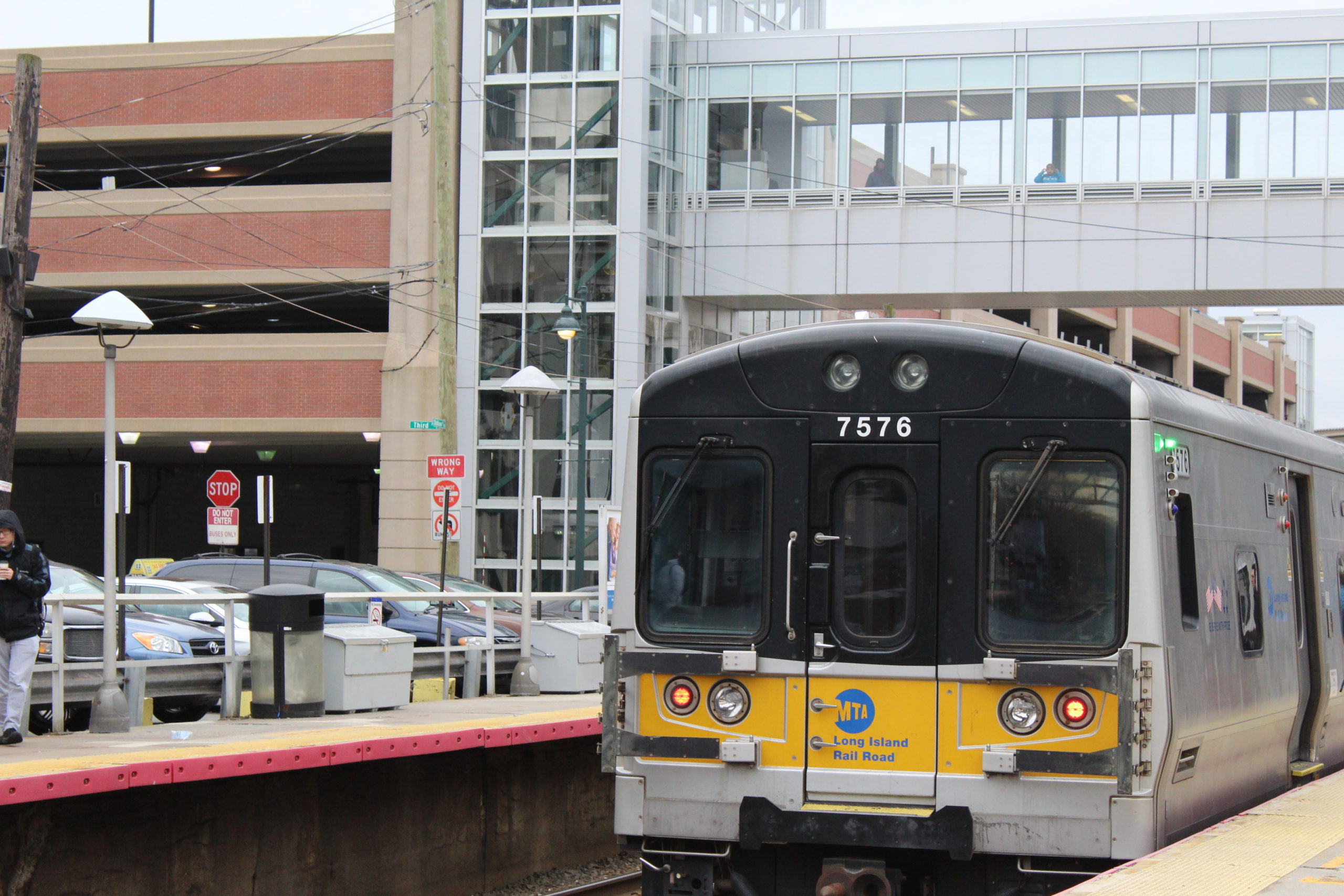The on-time performance for the Long Island Rail Road has continued falling for the past five months, according to the agency’s statistics, which could be putting it on track for its worst year since 1999.
November’s on-time rate was 86.5 percent this year, compared to 92.1 percent last year. This is the lowest monthly on time rating since January, when the on time performance dropped to 83.9 percent compared to the 92.4 on-time rate in 2017.
The average on-time rating for the last 11 months has been just shy of 90.2 percent.
Overall, last year’s on-time performance was 91.4 percent in 2017, according to the state comptroller’s office, making it “the lowest level since 1999 and well below the [94 percent] target set by the LIRR.”
The Long Island Rail Road considers trains that arrive less than six minutes after their scheduled arrival to be on time.
At a LIRR committee meeting for the Metropolitan Transportation Agency, LIRR President Philip Eng attributed some delays to weather conditions and an abundance of wet leaves, which can create travel hazards and slippery rail conditions that damage trains.
Eng said administrators took precautions like ordering trains to slow down in order to improve safety and reduce damage to their wheels. Eng said that this, in turn, will likely show in December’s on-time performance ratings.
“We’re not seeing the same spike or lengthy duration of impacts that we saw last year,” Eng said, adding that worse impacts were felt well into the winter season last year.
The LIRR intends to continue procuring equipment to “triple [its] efforts” to contain delays and improve safety as ridership increases, Eng said.
The news comes as the MTA plans to implement a four percent increase for fares and tolls in March to help address growing deficits and its infrastructure. Currently, the agency holds more than $40 billion in debt.
“Until we can get sustainable additional revenue streams, we really have no choice but to look everywhere — including to our riders — to help us fill those holes,” Andy Byford, the president of the New York City Transit Authority, told reporters last month.



